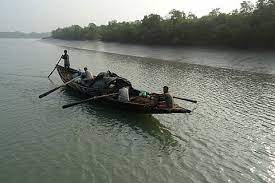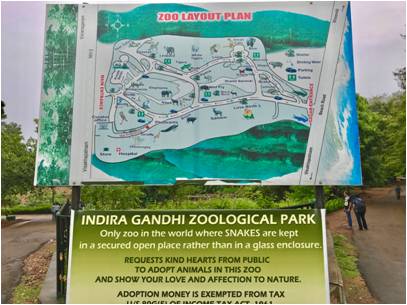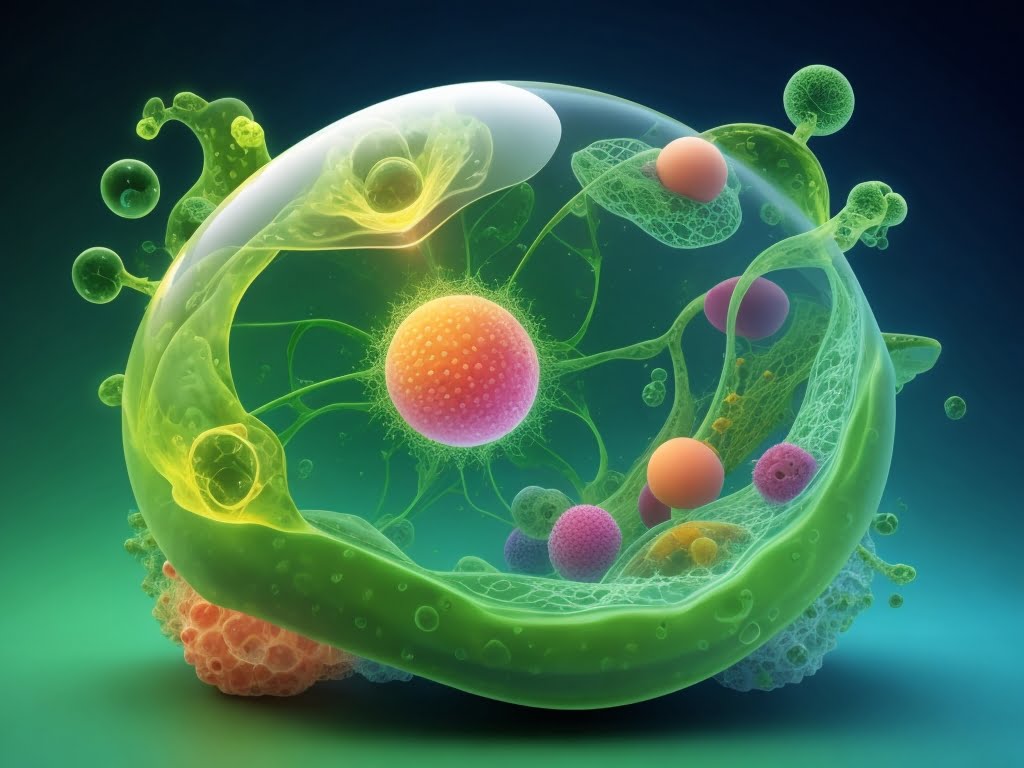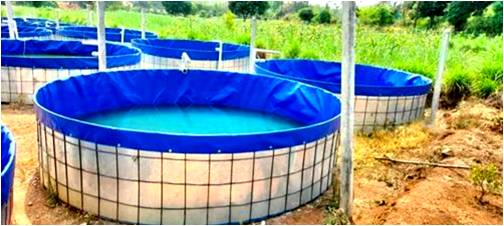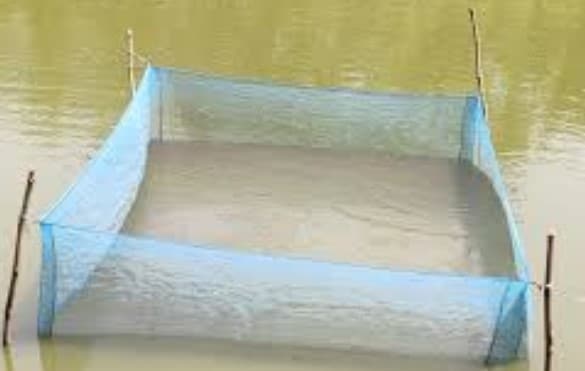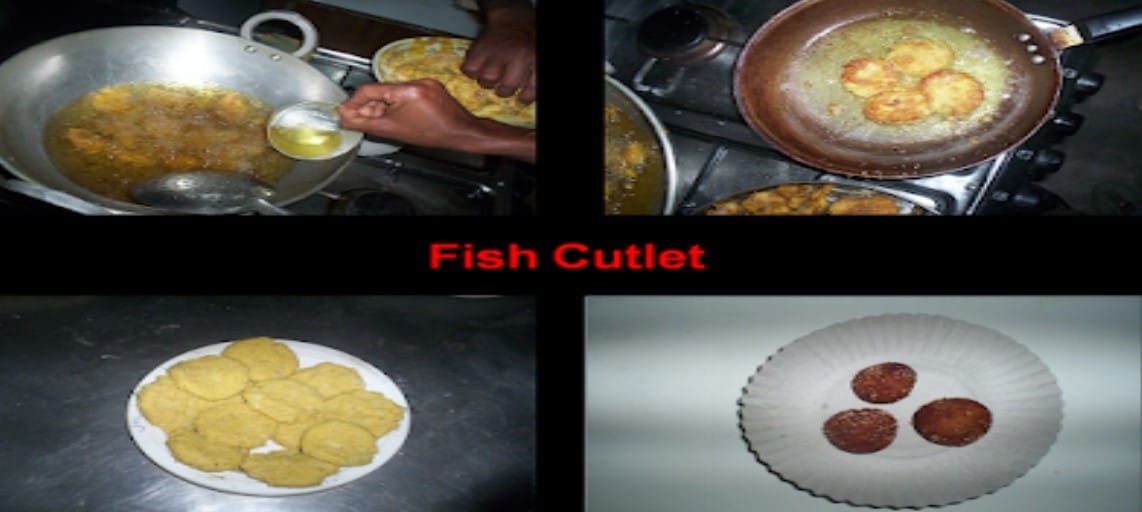Biofloc technology: It is a recent trend in aquaculture that uses microorganisms to recycle nutrients and improve water quality in fish tanks or ponds. It is an environment-friendly and cost-effective technique that can reduce water exchange and feed input. Biofloc fish farming has been applied to various species of fish and shrimp, such as tilapia, catfish, carp, and vannamei.
What is Biofloc technology
Biofloc fish farming is defined as the use of aggregates of bacteria, algae, or protozoa, held together in a matrix along with particulate organic matter for the purpose of improving water quality, waste treatment and disease prevention in intensive fish farming systems.
Aquatic pollution is a pressing issue affecting fisheries, and its consequences are far-reaching. As the global population is projected to reach 9.6 billion by 2050, the demand for animal
protein continues to rise. Balancing the need for quality protein with the preservation of natural resources poses a significant challenge. To address this challenge, aquaculture, specifically Biofloc Technology (BFT), emerges as a key player. BFT offers an innovative approach to aquaculture, ensuring sustainability, economic growth, and employment opportunities. By recycling and reusing nutrients within the culture medium, BFT minimizes or eliminates the need for water exchange. Let’s delve into the intricacies of Biofloc Technology and its potential to revolutionize aquaculture.
The New Blue Revolution: Biofloc Technology
Biofloc technology, known as the “new blue revolution,” empowers fish farmers to achieve multiple objectives. These objectives include maximizing output, reducing costs, promoting sustainable growth, creating better income opportunities, optimizing land usage, and minimizing maintenance costs. By adopting Biofloc technology, fish farmers contribute to sustainable aquaculture production and national development.
How Biofloc Technology Works
Biofloc system functions as a wastewater treatment approach in aquaculture. It relies on maintaining a higher carbon-to-nitrogen (C-N) ratio by adding carbohydrate sources, resulting in improved water quality through the production of high-quality microbial protein. The technology facilitates heterotrophic microbial growth, which assimilates nitrogenous waste that can be utilized as a feed by cultured species. Simultaneously, it acts as a bioreactor, effectively controlling water quality. The rapid immobilization of toxic nitrogen species occurs within biofloc due to the exponential growth rate and microbial production of heterotrophs compared to autotrophic nitrifying bacteria. This technology is based on the principle of flocculation, promoting the aggregation of particles within the system.
Nutritional Value and Composition of Biofloc
Biofloc represents a heterogeneous aggregate of suspended particles and a wide array of
microorganisms enveloped by extracellular polymeric substances. It comprises bacteria, algae, fungi, invertebrates, and detritus, among others. Through exposure to sunlight and vigorous aeration, unused feed and excreta are converted into a protein-rich live feed, resulting in the formation of biofloc. The microorganisms secrete mucus, which binds the flocs together in a loose matrix. While some flocs are visible to the naked eye, most are microscopic, ranging in size from 50 to 200 microns. Biofloc exhibits excellent nutritional value, with protein levels ranging from 25% to 50% in dry weight and fat levels between
0.5% and 15%. It also serves as a valuable source of vitamins, minerals, and phosphorus, resembling the effects of probiotics. Dried biofloc is proposed as an ingredient that can potentially replace fishmeal or soybean in feed formulations.
Species suitable for Biofloc Culture
Biofloc system works best with species that are able to derive some nutritional benefits from the direct consumption of floc. Biofloc system is most suitable for species that can tolerate high solids concentration in water and are generally tolerant of poor water quality. Some of the species that are suitable for biofloc fish farming are:
Air breathing fishes like- Heteropneustes fossilis (Singhi), Clarias batrachus (Magur), Ompok pabda (Pabda), Anabas testudineus (Anabas/Koi), Pangasianodan hypophthalmus (Pangasius)
Non air-breathing fishes like- Cyprinus carpio (Common Carp), Labeo rohita (Rohu), Catla catla (Khatla) Oreochromis niloticus (Tilapia), Chanos chanos (Milkfish)
Shellfishes like- Litopenaeus vannamei (Vannamei) and Penaeus monodon (Tiger Shrimp)
Advantages of Biofloc Technology
Embracing Biofloc Technology offers numerous advantages for aquaculture:
Eco-friendly culture system: Biofloc technology promotes environmental sustainability, minimizing the ecological impact of aquaculture practices.
Reduced environmental footprint: The technology reduces water pollution and mitigates the risks associated with the introduction and spread of pathogens.
Efficient land and water utilization: Biofloc systems require limited or zero water exchange, making judicious use of land and water resources.
Enhanced productivity:
The implementation of Biofloc technology enhances survival rates, growth performance, and feed conversion efficiency in fish culture systems.
Improved biosecurity:
By reducing reliance on external water sources, the risk of introducing pathogens is significantly mitigated.
Cost-effective: The technology reduces the consumption of protein-rich feed, lowering feed costs. Cheaper food fish and trash fish can be used in feed formulations, reducing the pressure on capture fisheries.
In conclusion, Biofloc Technology represents a promising solution for sustainable aquaculture. By capitalizing on the unique advantages it offers, fish farmers can meet the increasing demand for animal protein while safeguarding natural resources. As we strive for a prosperous future, Biofloc Technology paves the way for a more sustainable and environmentally conscious approach to aquaculture.

